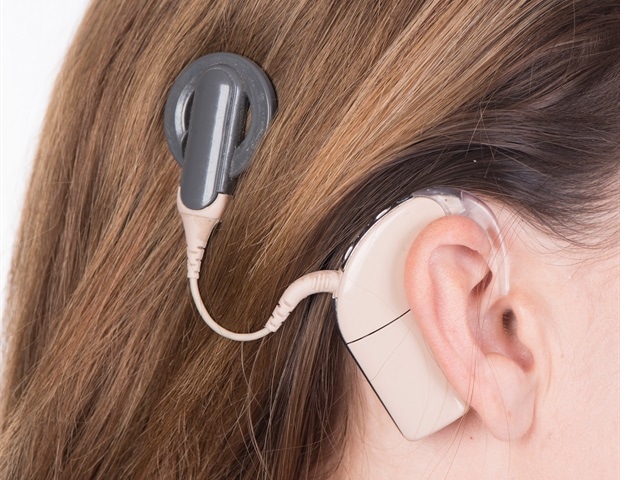
More than a million people globally depend on cochlear implants (CIs) to regain their sense of hearing. Traditionally, the effectiveness of these devices has been evaluated through speech recognition tests. However, a recent study challenges this approach by highlighting the significant role of sound quality in determining the quality of life for CI users.
Published in JASA Express Letters by AIP Publishing, researchers from Vanderbilt University Medical Center and Ohio State University explored the relationships between sound quality, speech recognition, and quality-of-life outcomes for CI users. Their findings suggest a paradigm shift in how cochlear implant success should be measured.
The Importance of Sound Quality
Hearing-related quality of life extends beyond mere auditory abilities. It includes communication, social participation, emotional well-being, and daily activities. For individuals with normal hearing, imagine trying to converse while listening through an old radio with poor reception. This is akin to the experience of CI users when sound quality is compromised.
Katelyn Berg, one of the study’s authors, describes the auditory world of a CI user with poor sound quality:
“A speaker’s voice can seem robotic or tinny, and music lacks richness. This can be due to technological constraints in the CIs, like channel interactions between electrodes or other acoustic fidelity issues.”
Study Findings: Sound Quality vs. Speech Recognition
The study revealed that sound quality accounts for a 32% variance in users’ quality of life, whereas speech recognition showed little to no predictive power. Interestingly, speech recognition only correlated with sound quality in noisy environments, suggesting its relevance in real-world conditions with background noise and multiple sound sources.
Berg noted,
“This challenges decades of clinical practice focused primarily on using speech understanding in quiet as the primary metric for cochlear implant success.”
Methodology and Participants
The study involved 41 CI users aged 18 to 80. Participants underwent computerized speech recognition tests and completed two questionnaires: the Speech, Spatial and Qualities (SSQ) questionnaire and the Cochlear Implant Quality of Life (CIQOL) questionnaire. These tools are well-regarded in the audiological field for assessing perceived sound quality, sound segregation ability, and listening effort, as well as quality of life across several domains.
Implications for Future Research and Practice
The research team plans to further investigate the differences in sound quality across various types of sound, particularly speech and music. They aim to optimize device programming based on electrode array placement, moving beyond the traditional quiet testing environments.
Berg emphasizes the potential impact of these findings:
“While speech recognition testing remains important, incorporating sound quality measures could provide a more complete picture of cochlear implant outcomes and guide more targeted interventions for the challenging listening situations patients actually need to navigate in their daily lives.”
This development signals a possible shift in clinical practices, as the focus may broaden to include sound quality assessments. By doing so, healthcare providers can offer more comprehensive support to CI users, ultimately enhancing their quality of life.
As the research progresses, it holds the promise of improving the auditory experiences of millions worldwide, ensuring that cochlear implants not only restore hearing but also enrich the lives of those who rely on them.







